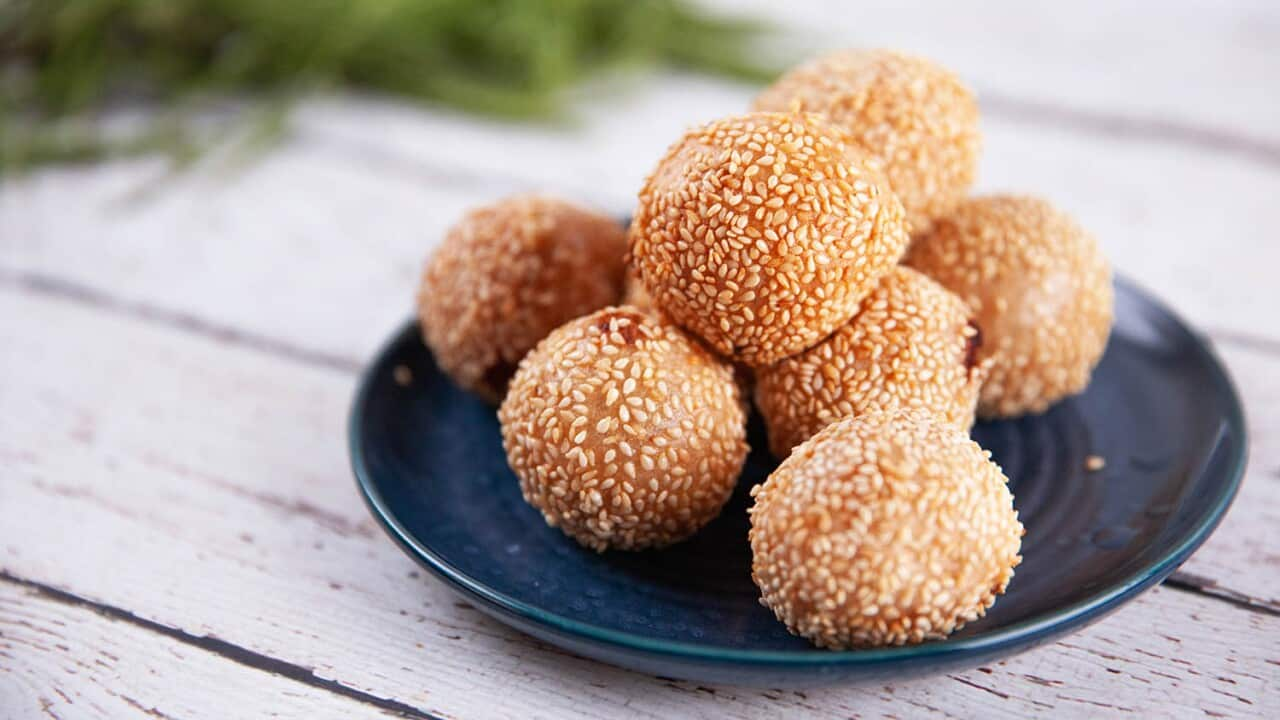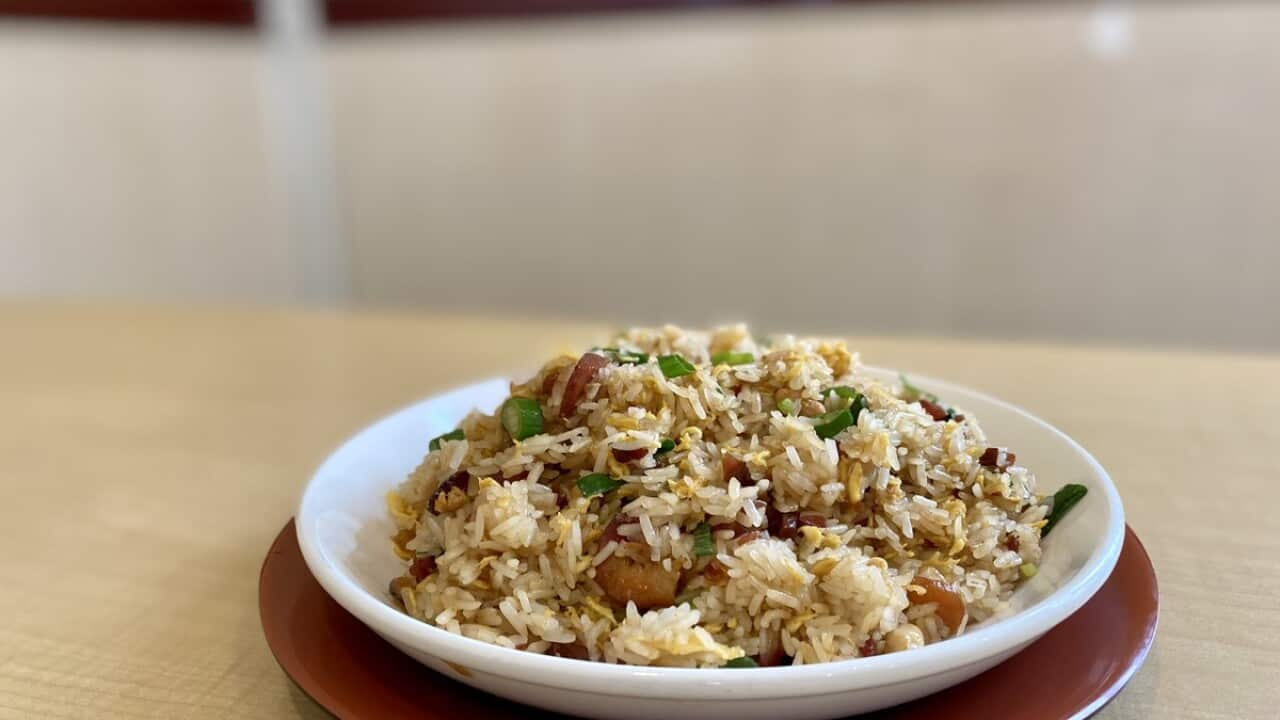--- Diana Chan is bringing the wonder of Asian cuisine to your homes in the second series of , Thursdays at 8pm on SBS Food and streaming on SBS On Demand. ---
Some people plan their weddings for years. Some, the birth of their first child. Me? I knew exactly what I wanted for my push present.
A rice cooker.
But not just any rice cooker. If the brands Zojirushi, Tiger or Cuckoo has ever crossed your search bar, you’ll know exactly what I’m talking about. These are the Rolls Royce of rice cookers, and you’re looking to pay upwards of $350 for a basic unit. Of course, basic in this case means that it’ll sing, dance, and have 10 different presets, because not all rice (and rice dishes) are made equal.
So why drop a fortune for a machine you could essentially get at the supermarket for $15? There is a bit of technology involved, and I promise that it earns its keep.
The basic science of cooking rice involves water, heat and rice. The rice absorbs the heated water to become soft and cooked, and you want to account for some evaporation as well. Simple, right? This is where the big bucks come in. A cheap and cheery rice cooker uses just a heating element at the bottom of the pot, mimicking a stovetop, and boils the rice until enough water evaporates/absorbs, causing a spike in temperature (boiling water doesn’t go above 100C unless it’s under pressure). The thermostat then turns the rice cooker to “warm” and your rice is ready. The problem with this is that it’s basically either “high heat” or “off”, which can cause patchy cooking. No option to turn the heat down to a simmer, here.
The more costly rice cookers also use a heating element at the bottom, but seals and pressure cook the rice, with heavy-duty insulation to ensure the rice cooks evenly. And that’s just with white rice. The settings also adjust for brown rice, congee, multigrain mixes, and in some cases, nurunji (crispy rice) and cakes. Oh, and let’s not forget the steaming and soup options. You’re basically paying for a multi-cooker that specialises in rice.
To many Asians, rice is the very foundation of nourishment. Its texture and smells alone is enough to conjure up all sorts of childhood memories.
But before you can yell “expensive unitasker!”, let me first say that rice isn’t just a vehicle for a variety of toppings. To many Asians, rice is the very foundation of nourishment. Its texture and smells alone is enough to conjure up all sorts of childhood memories, and if the personal stories aren’t enough to convince you, then surely the tales of Japanese apprentices who spend 10 years learning to wash rice for sushi, would. In that sense, it’s easy to see how families would pay a veritable fortune for a well-made rice cooker.
If you’re still looking for ways to justify a shiny new toy (let’s face it, I may dream of waking up to the sweet smell of cooking rice every morning, but I was also taught how to cook perfect rice on the stove. $400 is still a lot of money!), then look no further. These recipes should help tip the scale a little, and if you’re a gadget-lover like I am, the excitement will do the rest.
Korean sauna eggs

Source: Tammi Kwok

Rice cooker sponge Source: Camellia Aebischer

Rice cooker oatmeal with roasted stone fruit Source: Chris Middleton

Goat stew potjie with mushrooms Source: China Squirrel












